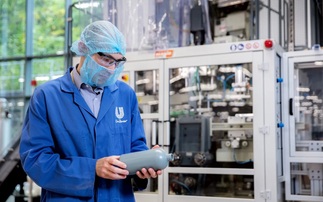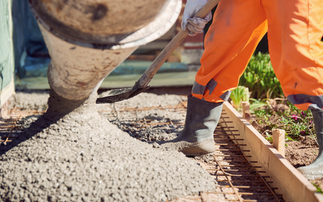Erwin Burth of Autodesk outlines how digital prototyping is inspiring advancements in the clean tech sector
Clean tech is a bold and burgeoning field. From alternative fuels, to energy efficiency, water treatment, transportation, innovators in the sector are seeking to transform our current infrastructure into one that addresses basic human needs - our need for light and heat, our need for water, our need for shelter, and so on - more intelligently, in a manner that conserves resources, reduces pollution and respects resource limits.
Technology has an important role to play in realising the radical new design needed to achieve these testing ambitions. For this reason, many clean tech companies are not just taking an existing technology and improving on it, but rather developing an entirely new type of technology altogether - a process which, by necessity, requires extensive trial and error.
Here digital prototyping can confer vital advantage - both in achieving faster iterations and achieving crucial cost savings. Using conceptual design, engineering, and manufacturing teams now have the ability to virtually explore a complete product before it is manufactured. In facilitating this, digital prototyping makes the whole product design and development process both streamlined and efficient.
Digital prototyping also reduces the inherent risk in the design process, helping to ensure that clean tech companies make their mistakes on the computer desktop - where the cost is low - and not in the factory or the marketplace. An engineer can try out many design iterations to test if a digital prototype works - at a much lower cost with fewer materials - and have confidence that the physical prototype will perform properly.
To date, digital prototyping has been used across a range of clean tech industries and for a vast spectrum of purposes. In the tidal sector, for example, one firm employed 3D mechanical design software to test the energy transmission mechanism in a device that utilised using oscillating horizontal hydrofoils in place of more traditional rotating blades. In this instance, placing the hydrofoils into a 3D model and running a simulation enabled the engineers to rapidly optimise the design.
Another company seeking to increase production and improve efficiency in its pilot 'carbon negative' cement plant used 3D software to digitally design and visualise the performance of the plant's planned automated control systems under simulated real-world conditions - all before the systems were physically built and installed.
In the automotive sector, a firm developing a fuel-efficient, two-passenger hybrid vehicle built from widely available materials used digital prototyping to create realistic 3D renderings of the car, making them better able to pitch its idea to investors and show them a photorealistic depiction of what the car will look like - without the need to build a prototype.
In this way, as well as accelerating innovation and reducing costs, digital prototyping can, crucially, help clean tech companies to communicate their vision to potential prospects, strategic partners and investors - something which is critical to the success of most clean tech companies.
As the old adage goes, a picture is worth a thousand words - particularly when building and communicating something that has never been built before. While the concept of a ‘mobile biodiesel refinery' would understandably be tough for any potential investor to comprehend - the idea becomes infinitely more digestible when brought to life with an animated 3D rendering of the refinery generated from a digital model.
Erwin Burth is business development manager for clean technology at Autodesk







